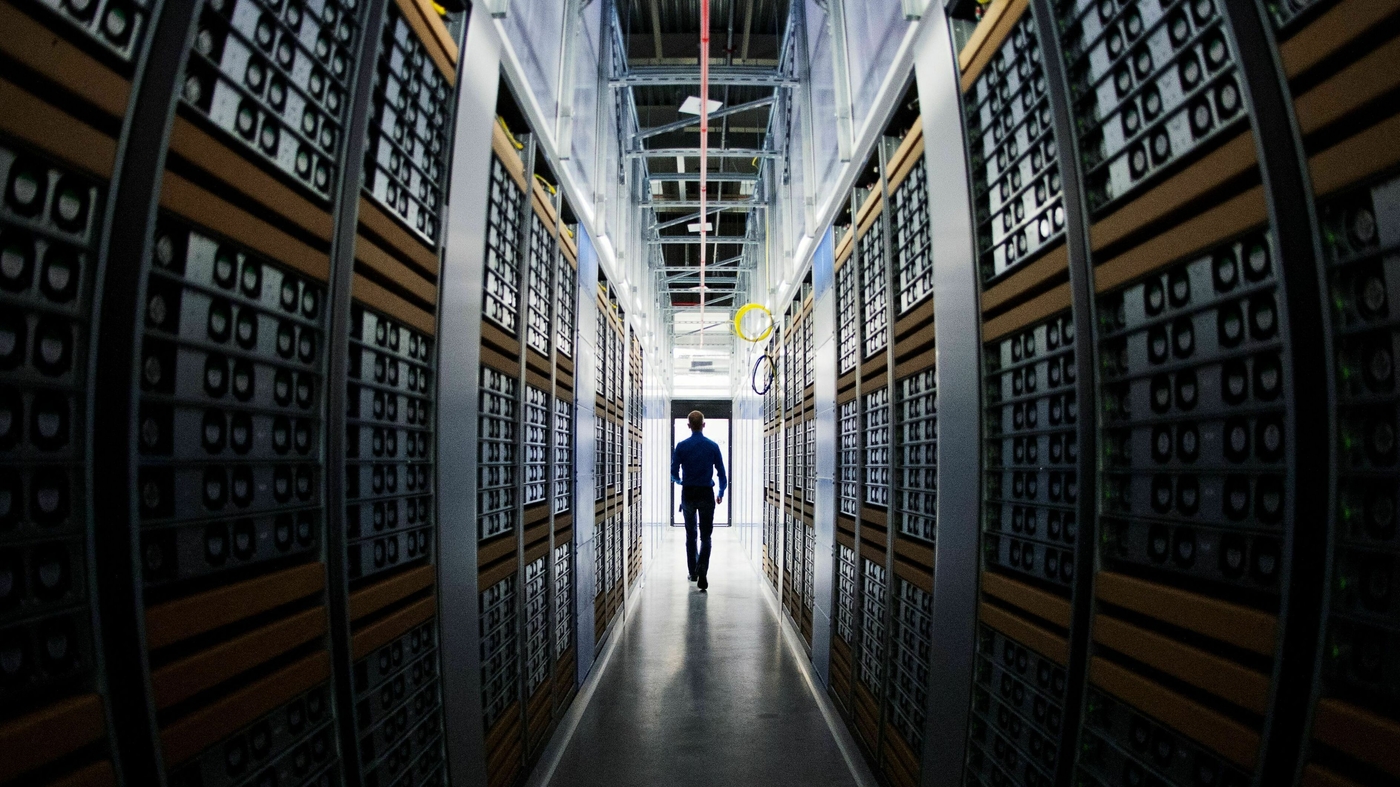AI and the Environment: Key Considerations

The Rise of AI and Its Environmental Impact
Understanding the AI Boom
Recently, there’s been an impressive surge in the development and use of artificial intelligence (AI). As organizations across various sectors rush to adopt AI technologies for better efficiency and innovation, there’s a growing concern regarding the energy requirements these technologies entail. The computational power needed to train advanced AI models is significant, which raises questions about their environmental impact.
Energy Consumption of AI
AI systems, particularly those leveraging machine learning and deep learning, consume substantial amounts of electricity. According to multiple studies, training large AI models can require as much energy as an average household would consume over several years. For instance, a study highlighted that training a single AI model can emit over 600,000 pounds of carbon dioxide, equivalent to the lifetime emissions of five cars.
Here are some of the factors contributing to this high energy demand:
Data Centers: AI processing mainly takes place in data centers, which need to operate continuously and maintain optimal temperatures. These data centers account for a significant portion of global energy consumption.
High-Performance Computing: Advanced AI models often depend on powerful GPUs (Graphics Processing Units) and TPUs (Tensor Processing Units) for their operations. These units draw a lot of energy, particularly during training phases.
- Scaling Up: The desire for larger and more accurate models results in even more substantial energy usage as companies strive to push the limits of AI capabilities.
Addressing Climate Concerns
As the tech industry continues to develop AI, many organizations are exploring strategies to mitigate its environmental footprint. Here are some potential solutions being considered:
1. Energy Efficiency Improvements
Many companies are investing in making their data centers more efficient. This includes:
- Upgrading cooling systems to reduce energy consumption.
- Employing artificial intelligence in the management of energy resources within data centers.
- Opting for more efficient hardware that can accomplish more with less power.
2. Sustainable Energy Sources
Shifting towards renewable energy sources is another key strategy. Companies are increasingly purchasing electricity generated from wind, solar, or other renewable resources to power their operations. For example:
- Google aims to operate entirely on renewable energy, an initiative many tech giants are now prioritizing.
- Microsoft has committed to becoming carbon negative by 2030, which includes their AI operations.
3. Model Optimization
Research is ongoing into optimizing AI models to require less computing power. Approaches such as:
- Using smaller, more efficient models that still achieve high levels of performance.
- Developing algorithms that shorten the training time or data requirements for AI systems.
- Employing techniques like transfer learning, which allows pre-trained models to be adapted for new tasks without extensive retraining.
Consumer Awareness and Demand
The awareness around AI’s environmental impact has grown among consumers, who increasingly favor sustainable practices. The technology sector is responding by:
- Developing transparent practices regarding energy consumption.
- Promoting environmentally friendly AI initiatives that focus on reducing carbon footprints.
- Educating users about the importance of sustainability in tech and the options available to make responsible choices.
Collaboration Across Industries
To effectively address the challenges posed by AI-related energy consumption, collaboration among stakeholders is essential. This includes:
- Partnerships between tech companies, researchers, and policymakers to create guidelines that promote sustainability.
- Engaging with global organizations to adopt best practices and standards that prioritize energy efficiency in AI development.
Final Thoughts
As the AI landscape continues to evolve and expand, the focus on sustainable practices will play a vital role in its future. By considering energy consumption at each stage, from model development to deployment, the tech industry aims to balance innovation with environmental responsibility.






